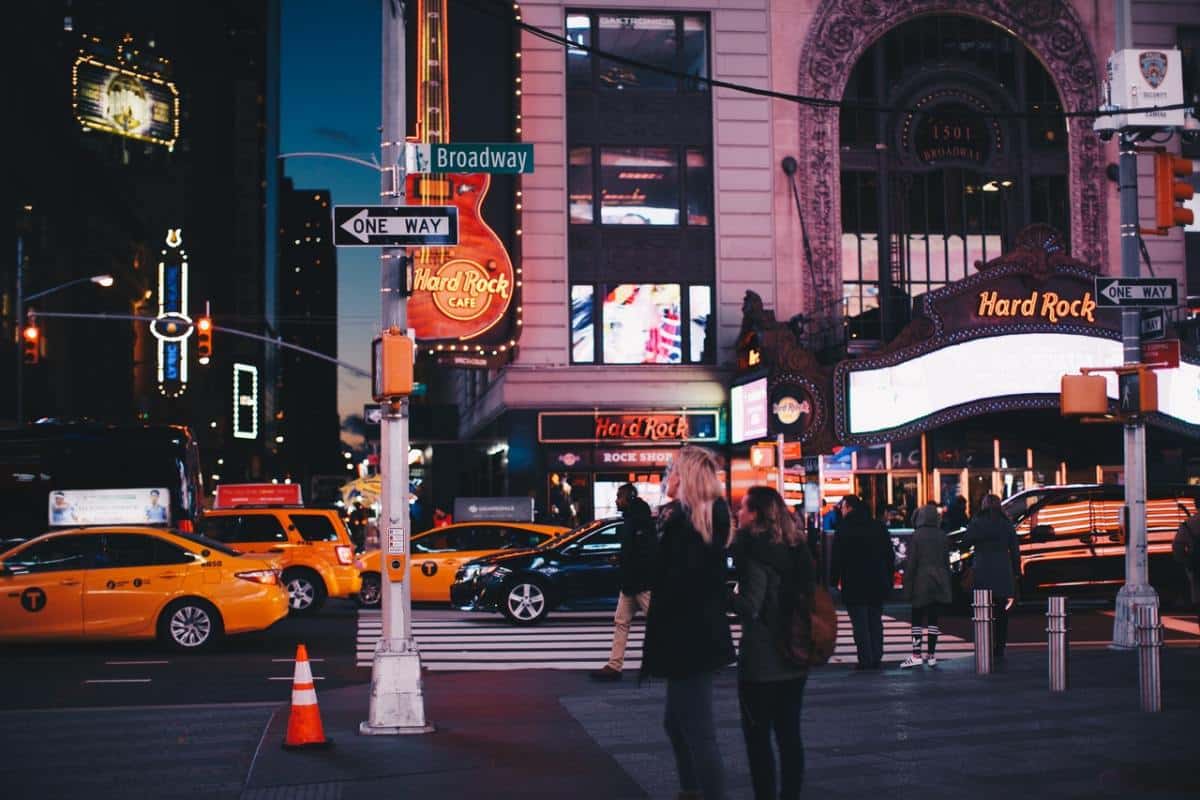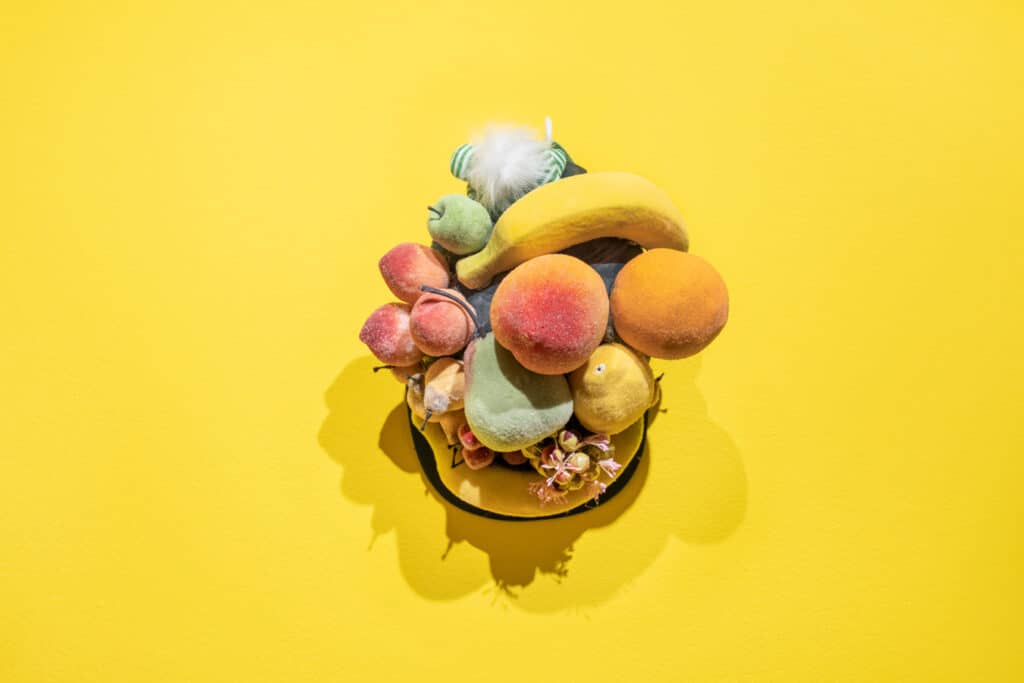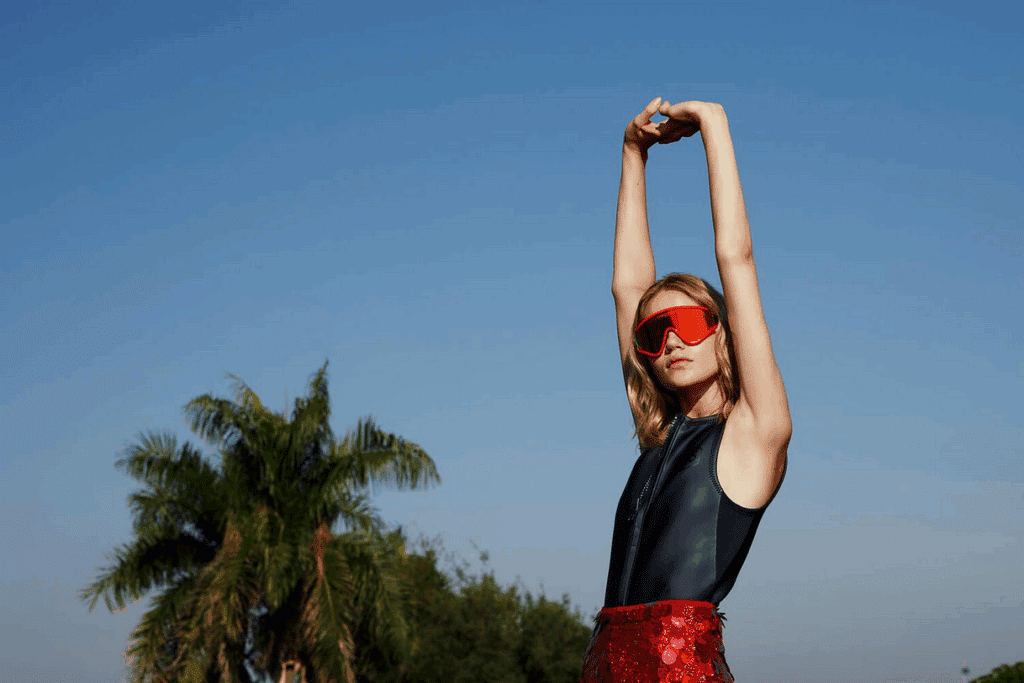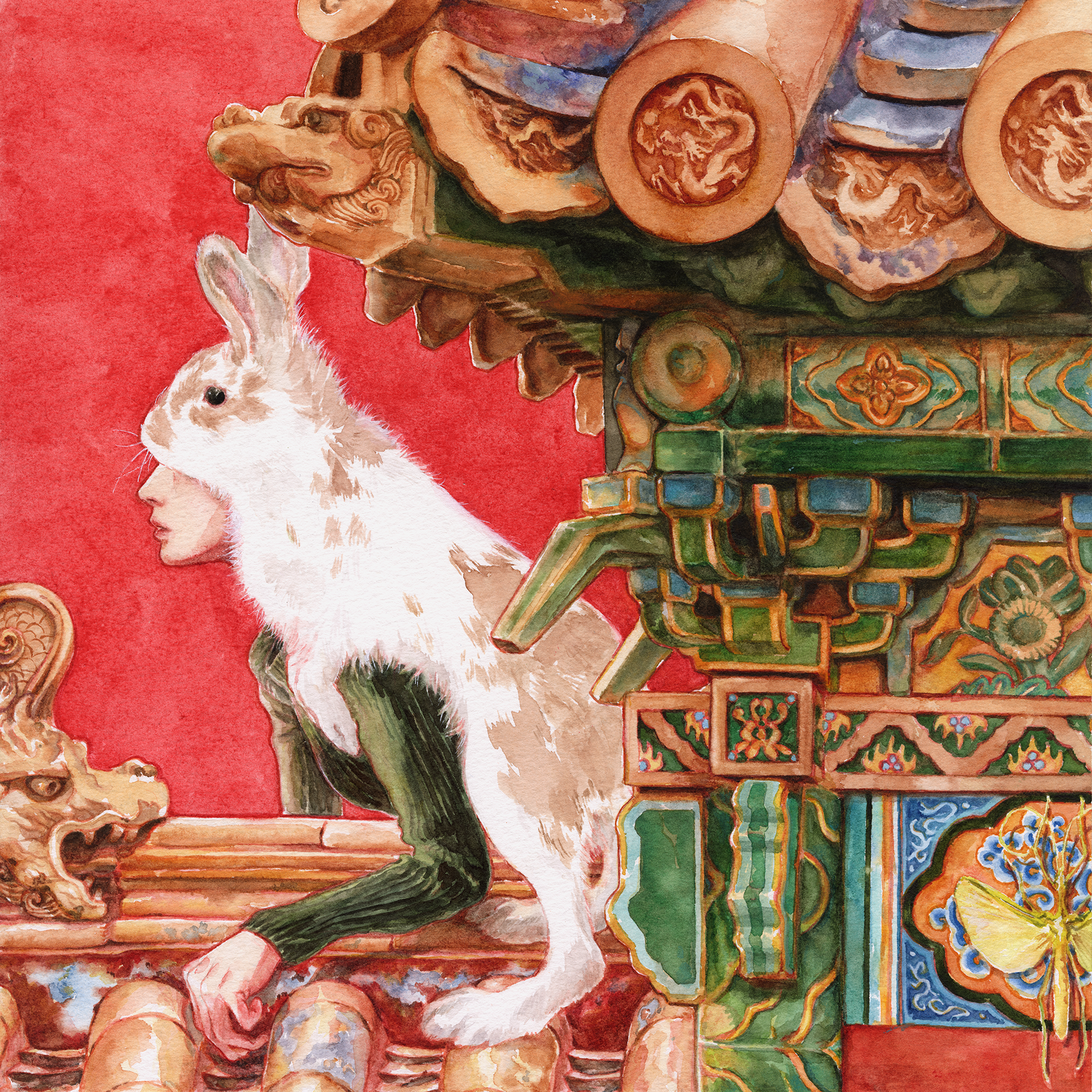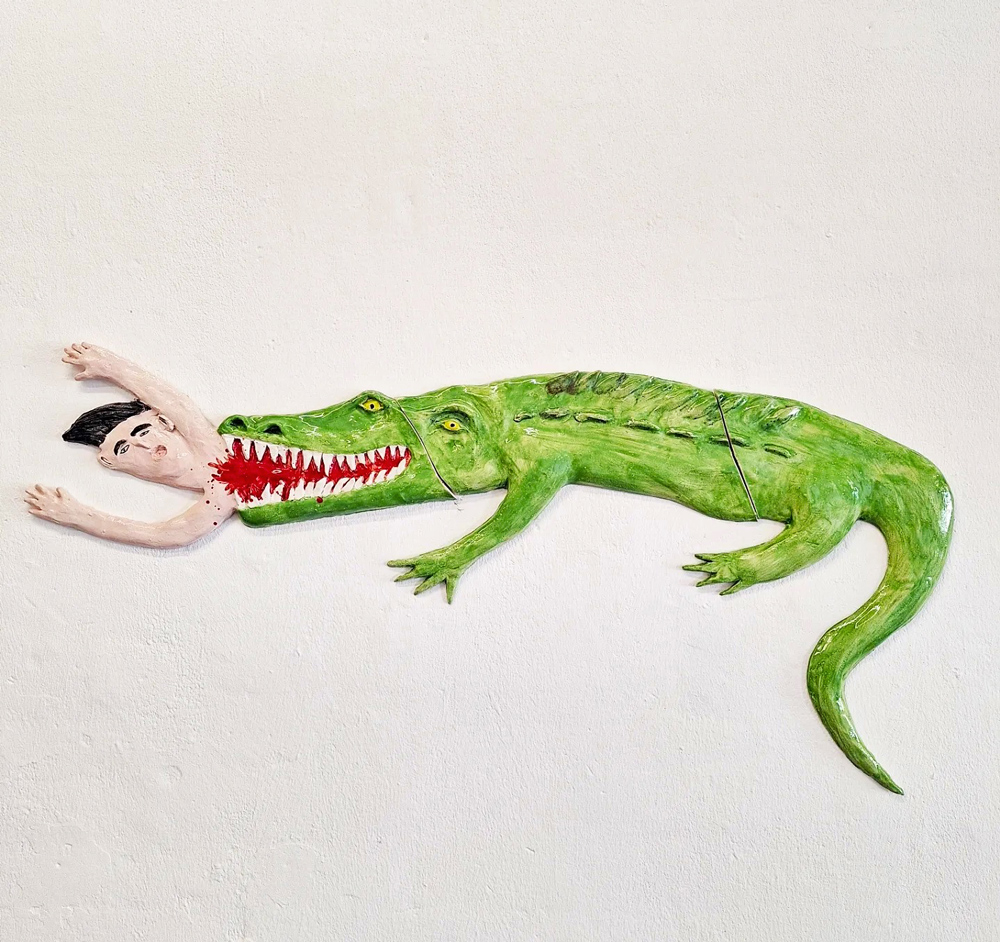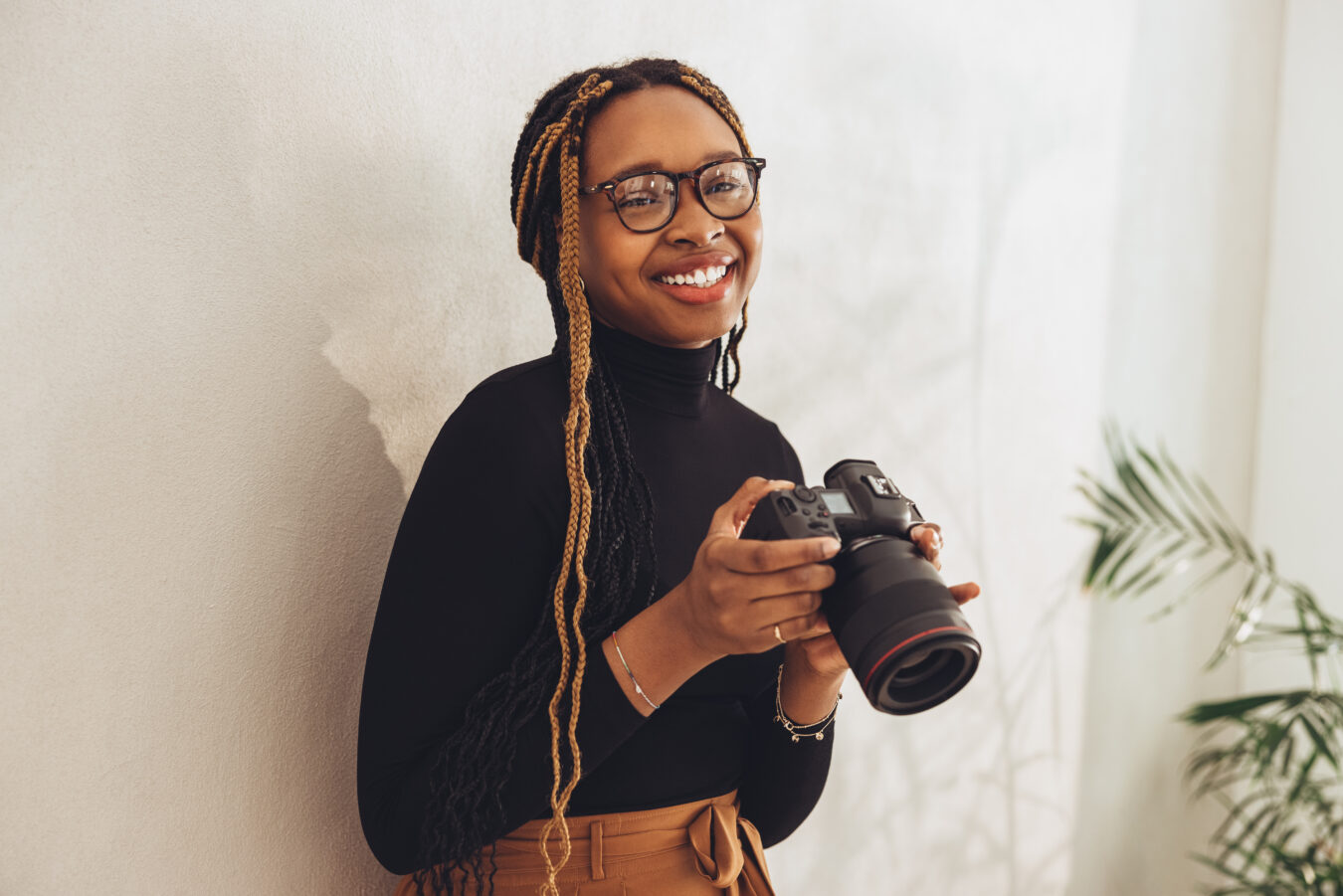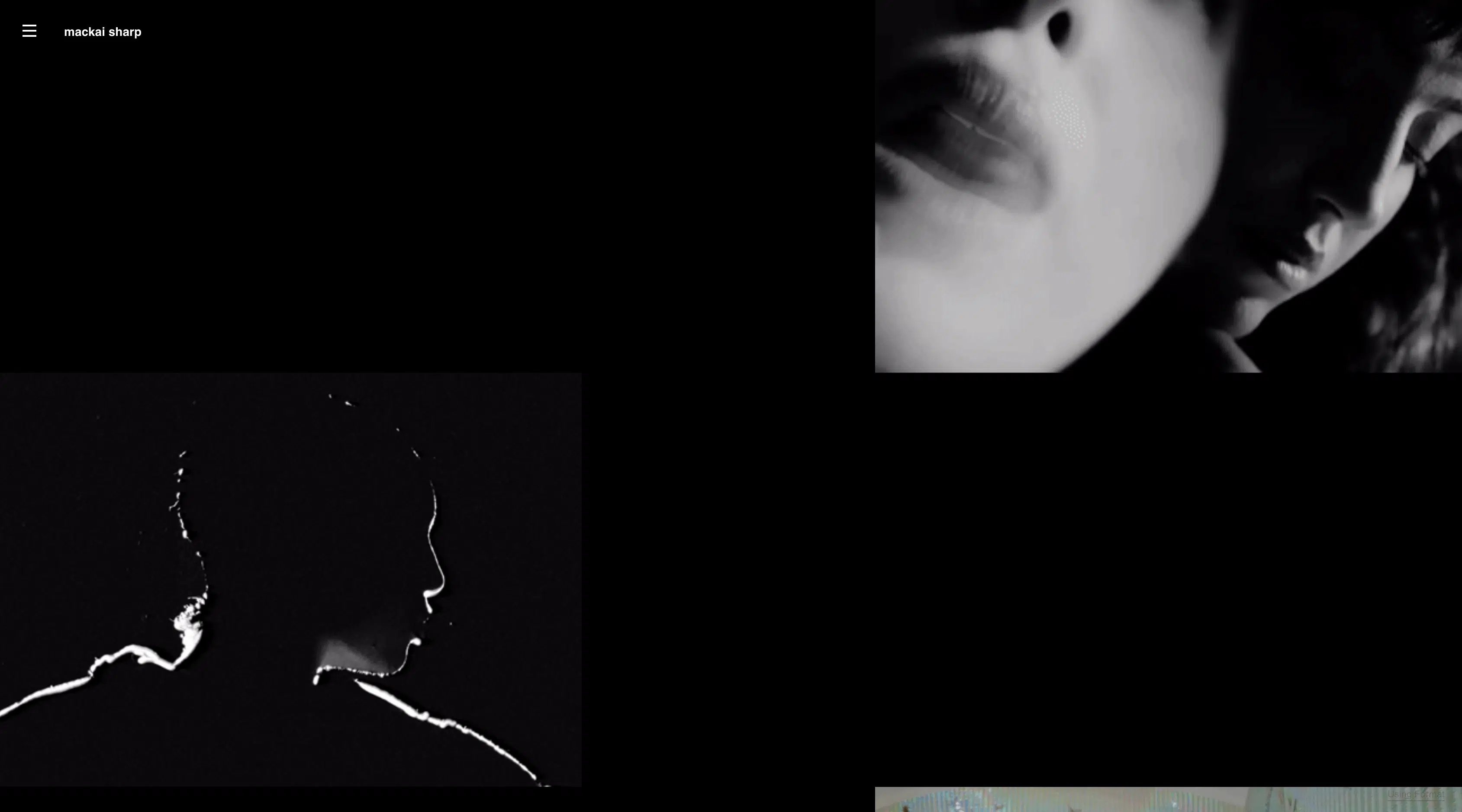Whether you’ve been behind the camera for years or just getting into photography, you probably know the feeling of seeing a perfect photo-worthy moment when you least expect it and wishing you had your camera with you.
Street photography is all about capturing those magical moments of ordinary life. The unexpected, spontaneous nature of this photography genre makes it fun, challenging, and rewarding for photographers of all stripes. It’s a great addition to your photography portfolio, and you can make some extra money selling art prints or submitting your work to magazines for publication.
Unlike studio photography or other types of photography that allow you to plan in advance, you truly never know what images you’ll get out of a day of street photography. If you’re wondering how to shoot street photography yourself, you’ve come to the right place!
So What Is Street Photography, Exactly?
Despite what the name suggests, street photography encompasses more than just photos of street life. Broadly, street photography refers to candid photography of public life and spaces. This means that a lot of different photography styles, subjects, and locations can fall under the umbrella of street photography.
So, while you may have an image of your head of a photographer walking around your city and shooting from the hip to capture fashionable or otherwise interesting people when you ask yourself “what is street photography,” the reality of street photography includes much more than that.
As long as you are capturing public life as it spontaneously happens, you’re doing a kind of street photography. That means that even if you’re in a rural area, in a park, at a festival, or anywhere else public, you’re in a great position to do some street photography of your own.
A question that often comes up when talking about how to shoot street photography is whether or not the subject of your photo should be people. Most of the time, street photography does involve human subjects. That’s because the essence of this genre of photography is capturing the candid, fleeting moments of public life.
The human experience is central to street photography. For example, a city scene without people in it would more likely be categorized as architectural photography than street photography. Having said that, rules are sometimes meant to be broken. Sometimes street photographs with no human subjects can still tell a human story and therefore fit into the broad category of street photography. For example, the street scene after an outdoor party might have no one in it, but still convey a great deal about the human experience.
Ultimately, the specifics of your street photography practice should be determined by your own preferences, what inspires you, and where you find yourself. As long as you stick with the spirit of spontaneity and candidness, you already know a thing or two about how to do street photography.
What Are the Different Types of Street Photography?
Now that you have a sense of how broad the umbrella of street photography is, you might be wondering about the more specific and popular types of street photography you can do. Considering all the different types of street photography is a good way to get inspired and to think about how to shoot street photography in your own community or on your travels.
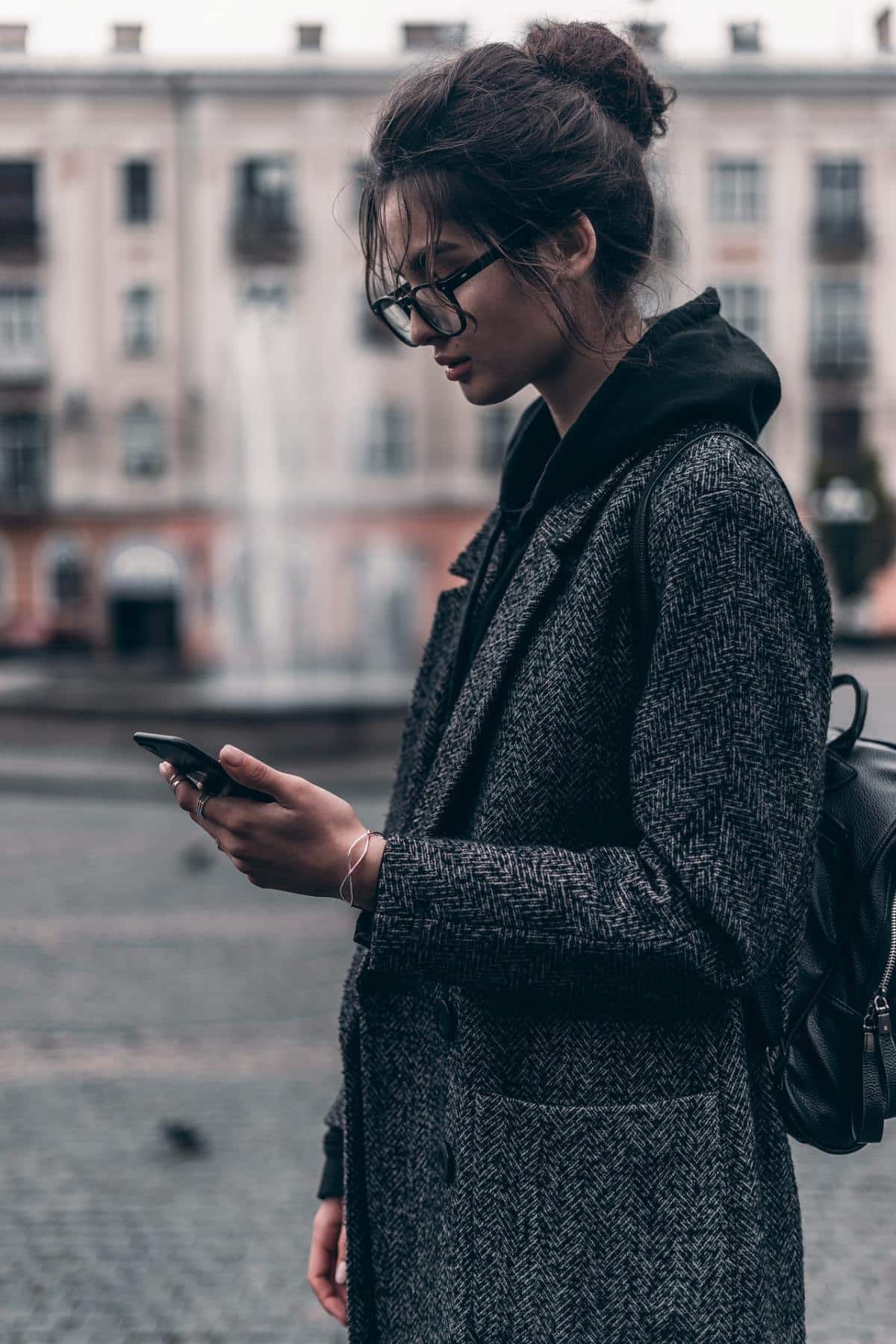
Street Photography Fashion
Depending on where you live, there might be certain neighborhoods in your city where you can reliably expect to see people putting on a street fashion show. Capturing interesting street style looks is a popular category of street photography, since many people find street style to be inspiring and the way a person chooses to dress often tells a story about that person.
While the heyday of street fashion photography was probably the era of the fashion blog, before Instagram came on the scene, there is still something refreshing about seeing fashion in a more authentic, less-staged environment.
We are all used to seeing fashion photos that follow the rules of what works on Instagram, where even a seemingly candid image may have taken a few dozen tries to get just right. An unstaged, fleeting fashion moment has a totally different effect and often says something about the person wearing the clothes instead of just the clothes themselves. Maybe we’re due for a street fashion photography renaissance!
Another thing to consider about fashion street photography photos is that your subject doesn’t necessarily have to be a stereotypically fashionable person. If you like the way a certain garment moves on a person, or the way it looks against your backdrop, you can transform any passerby into a street fashion star.
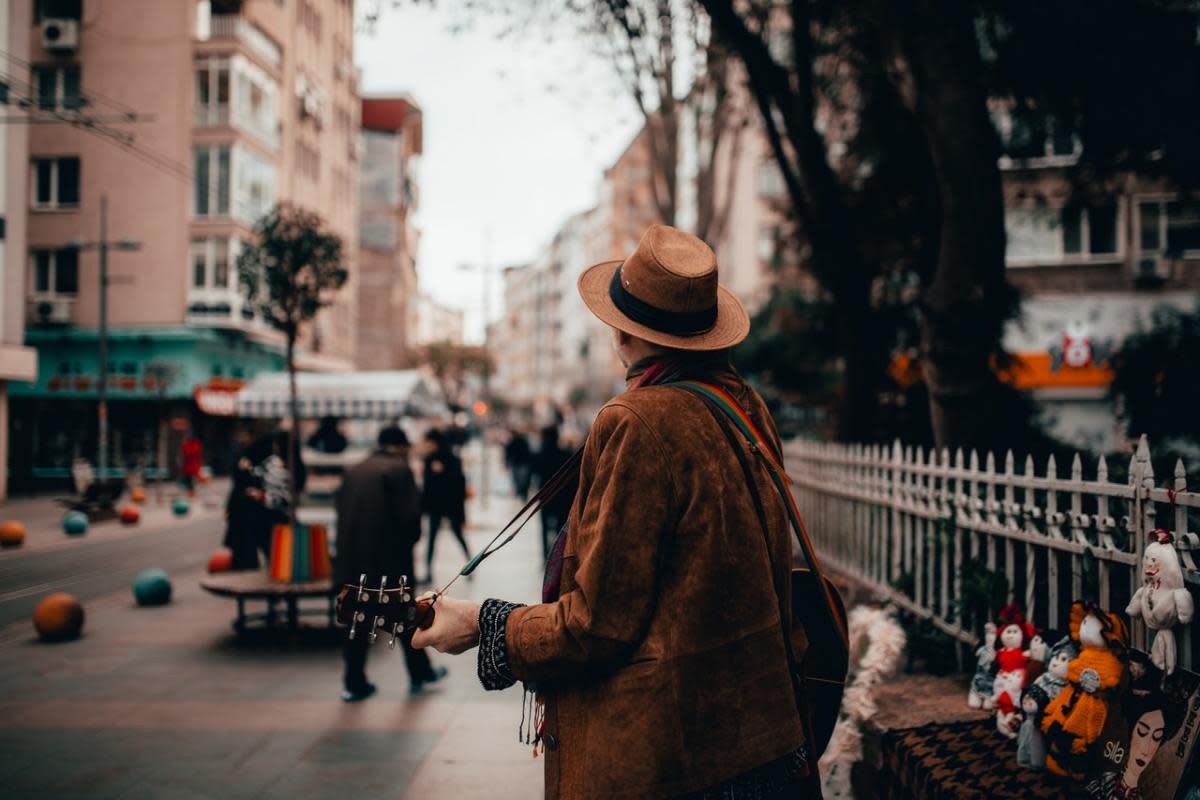
Street Portrait Photography
Street portraiture is an interesting street photography category because when we think of portraits, we usually think of a subject that knows their photo is being taken. Street portrait photography is distinct from other types of portrait photography because most of the time, the subject of the photo is unaware. This requires a completely different skill set than regular portrait photography or headshot photography.
In fact, even a very experienced portrait photographer might find themselves out of their comfort zone going on for their first day of street portrait photography. As a portrait photographer, you might know all about how to pose your subject so that you get their best angles and the light illuminates them as flatteringly as possible. You also know what to advise your subjects to wear to get the best possible result. Street portrait photographers, on the other hand, work in a totally different environment with a different goal than regular portrait photographers.
Street portraiture is all about capturing people as they are. That doesn’t mean you have no control over the image: the best street photographers position themselves relative to their subject in a way that creates the best possible composition and makes use of things like leading lines. You also want to consider the way light is interacting with your subject and the way they are interacting with their environment.
All of this takes practice; it’s intimidating going out there and confidently taking photos of people who aren’t expecting it. It’s important to be respectful and put your camera down if someone notices you photographing them and objects. You might be wondering if it still counts as street portraiture if your subject knows you’re shooting them and is looking into the camera. While some street photographers might argue otherwise, these types of portraits are often included in street portraiture roundups.
Sometimes, you’ll be shooting an unassuming person and they’ll notice and smile. Other
times, they might object, in which case you should respect their wishes. Often, if you show them the photo, they might be delighted to see themselves in a professional image and let you keep the photo. They might even ask you to send it to them. You can also approach your subjects and ask their permission to photograph them. While this is intimidating at first, if you are polite and complimentary many people will agree. You can tell them what it is about them that caught your eye. A compliment can be very disarming and a great way to break the ice.
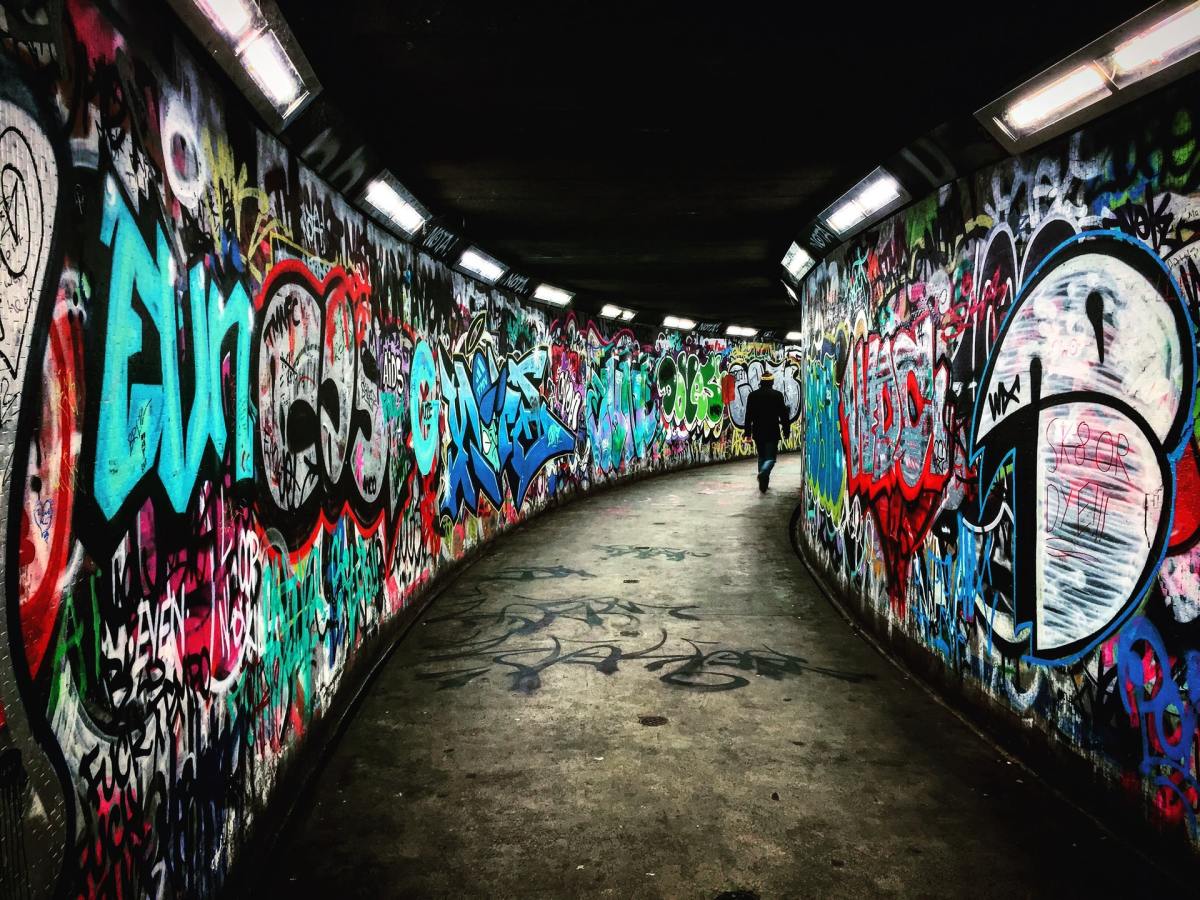
Urban Street Photography
Your street photography might not capture a single person, but instead a whole urban scene. Learning how to shoot street photography in an urban setting involves spending a lot of time in the area you plan to shoot in, and being patient with yourself and your surroundings.
Capturing a great urban street scene can be more challenging than it seems. If you just snap away and hope the perfect image will turn up, you might end up frustrated with your results. It’s best to clear your schedule and be prepared to hit the pavement, waiting for the perfect scene to reveal itself to you. For example, you might find the perfect street setting, but it may take an hour for a truly photo-worthy person or group of people to walk by and fill your frame. When it comes to learning to do street photography like the pros, patience is your friend. It’s best not to have a specific image when you go out. Just keep your eyes open, and see what the city reveals to you.
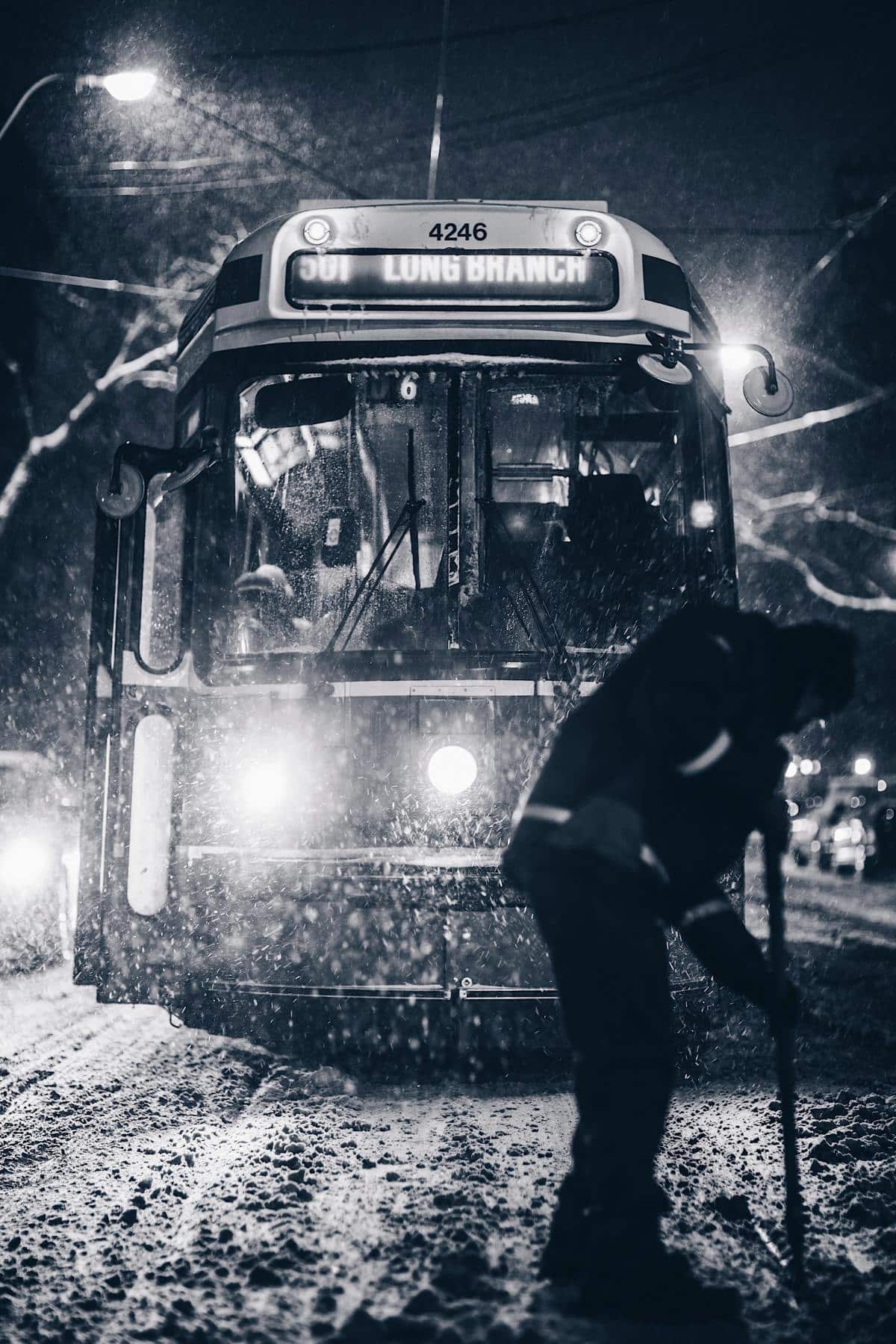
Night Street Photography
Night scenes can provide you with a whole different range of subject matter than shooting during the day. Of course, night street photography requires that you get familiar with the essentials of night photography in general, since you’ll have less light to work with. You might find that you need a strobe or flash for your images to turn out the way you like. The downside of this is that more equipment makes you more conspicuous, which can make it trickier to blend into the crowd and get those candid shots. Of course, this doesn’t mean you can’t capture some amazing street portraits or other scenes at night, it just means you have to be up to the challenge!
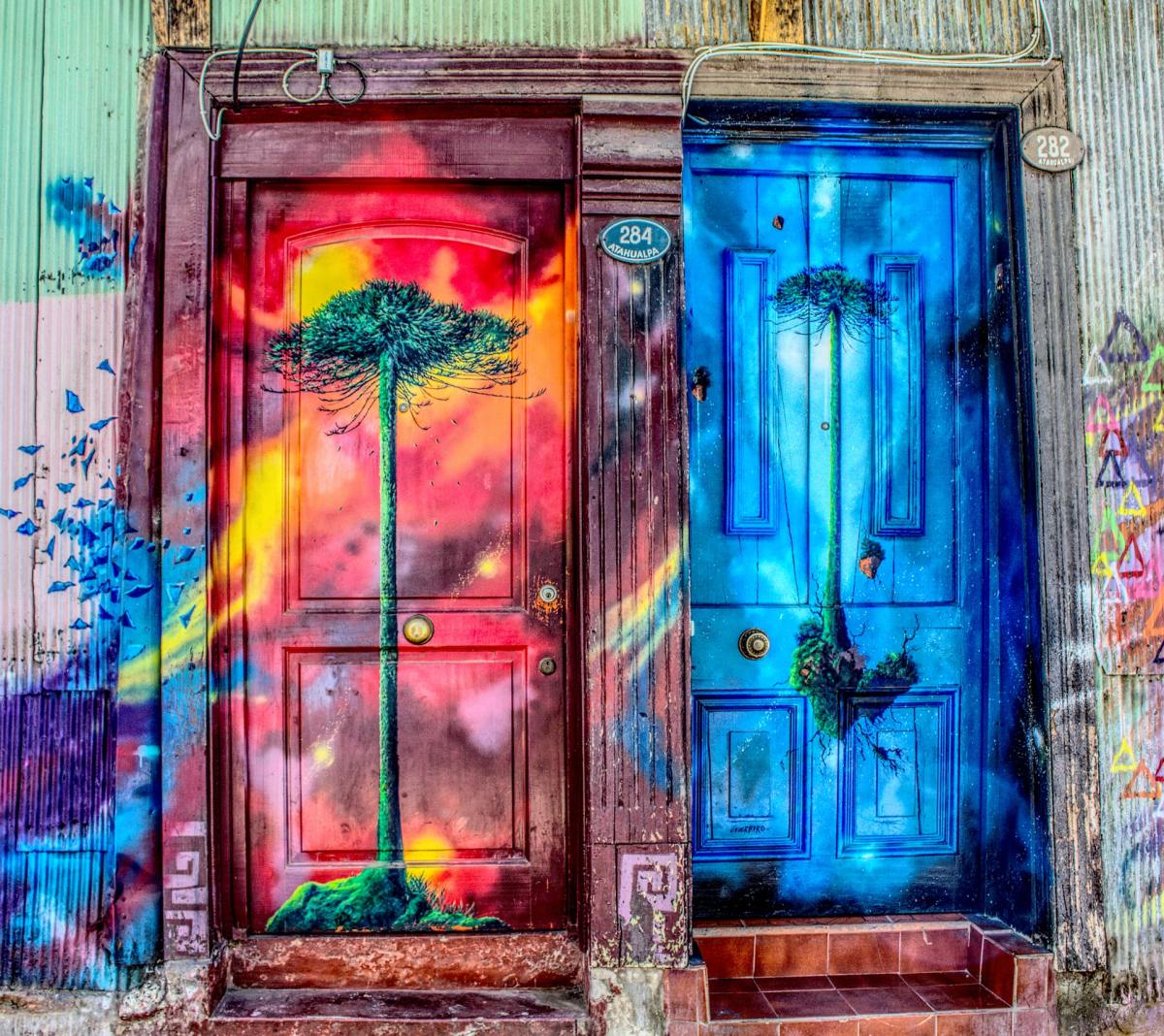
Street Art Photography
Have you ever walked around and been inspired by all of the art on display in your city or community? Documenting street art is another type of street photography that can be endlessly inspiring. Keep in mind, there are specific rules and ethics for photographic street graffiti and art. More specifically, while you can freely photograph the art, you might run into issues if you try to make money from that photography if the primary subject of the photo is someone else’s art.
You can sell prints of your work as fine art street photography, but if you plan on doing so and another artist’s art makes up a significant portion of your print, you may want to ask for permission from the artist if they are available to contact. If you’re posting those images on Instagram, when you add all those strategic hashtags, make sure you credit the artist as well.
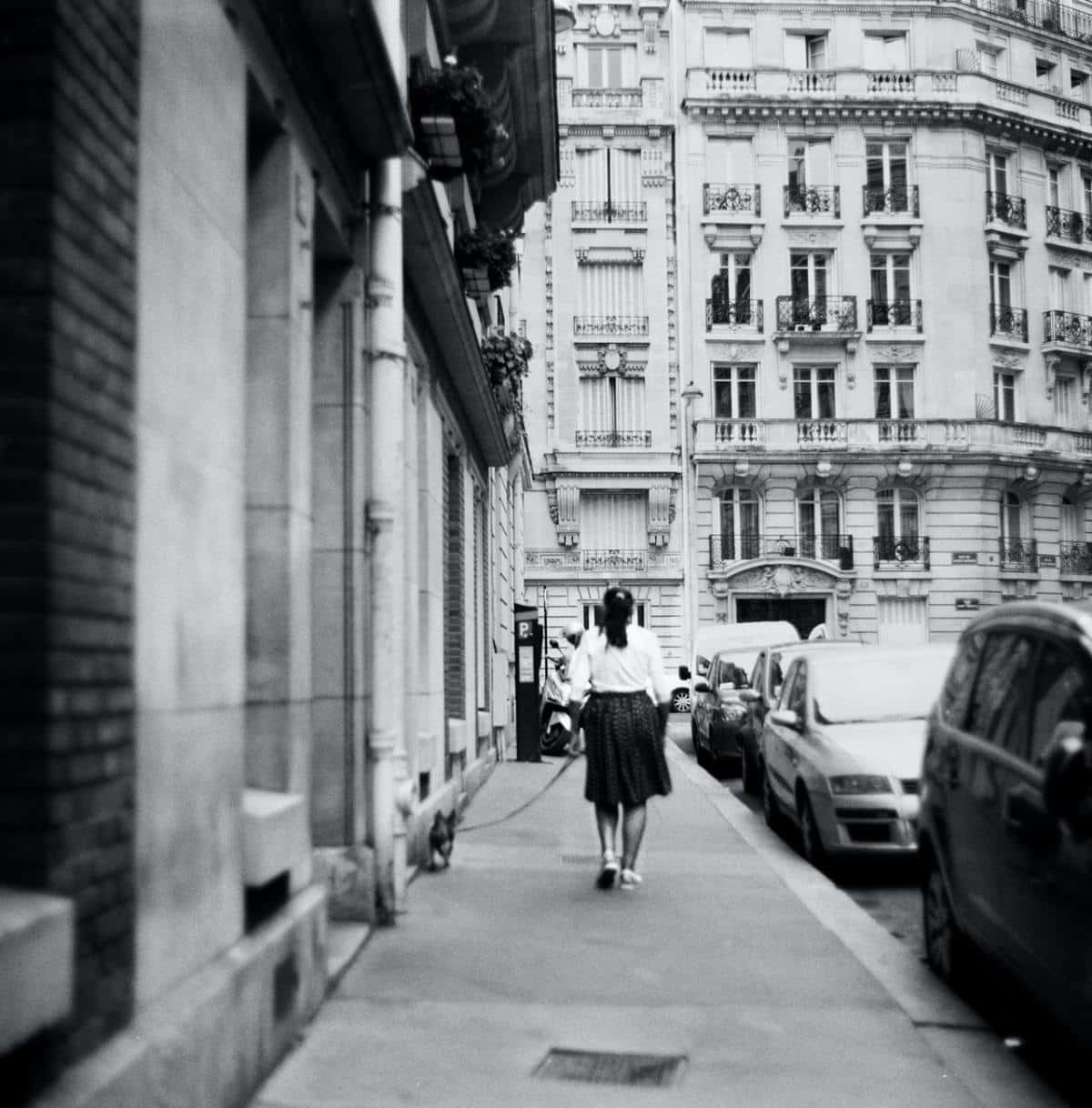
Film Street Photography
While many contemporary street photographers shoot on digital cameras, shooting on film can produce some truly unique results. It’s also more of a challenge, of course, since you won’t know how your images are turning out until your film is developed. This might mean that it takes more practice and some wasted film figuring out how to compose and focus images on the fly.
Having said that, there is nothing quite like that real film look we all know and love! This is true for both color street photography and black and white sweet photography: both take on a different texture and color palette in film. If you’re up to the challenge, your street photography can stand out from the pack if you challenge yourself to shoot film instead of digital.
